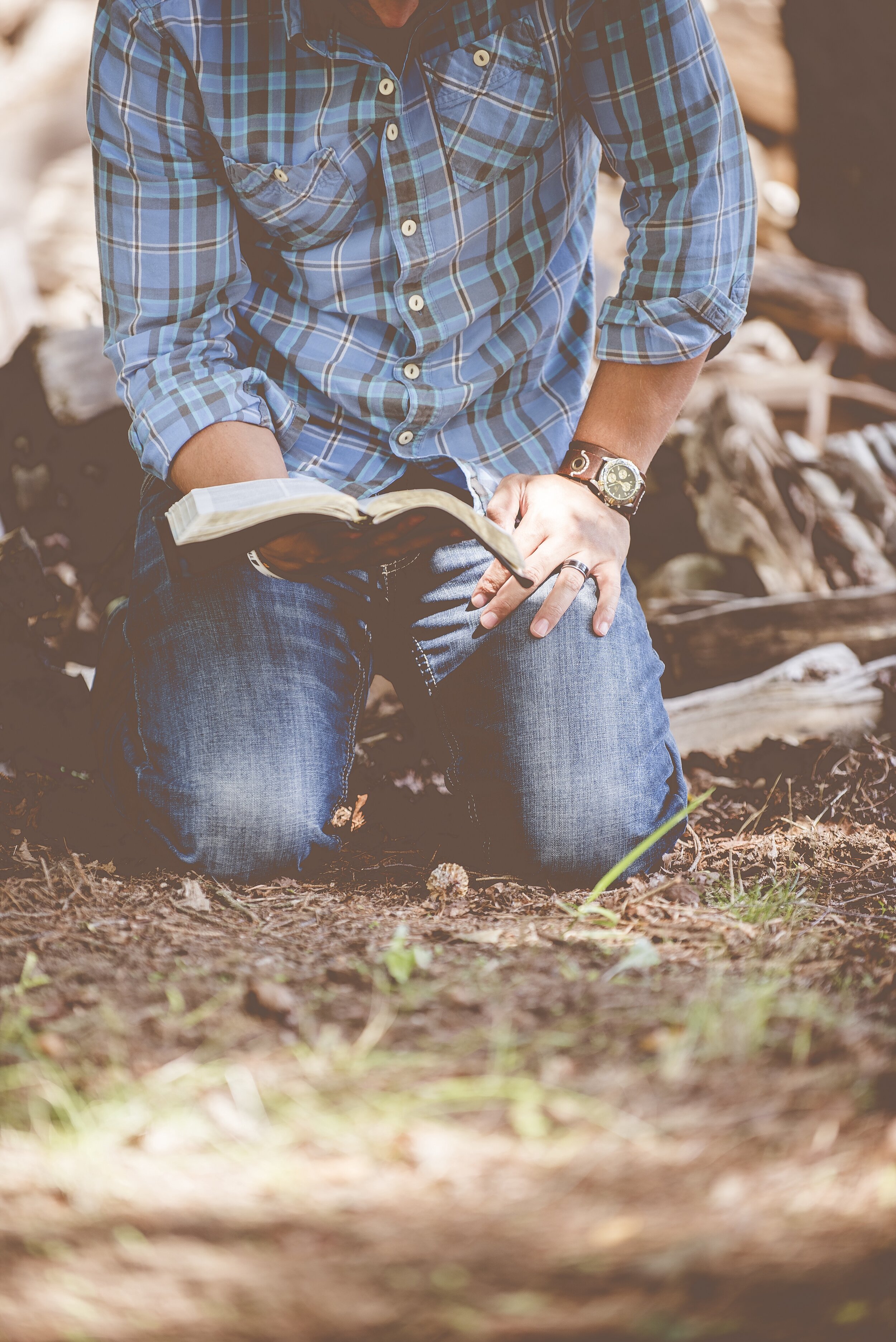Do you want to read more books?
Most people I talk to say yes, yes, definitely yes. Then two seconds later they say “But I just don’t got that kind of time.”
Well, you know what? I’m calling shenanigans on that BS excuse.
Because the truth is we’re reading more words per day now than ever before. It’s just garbage reading. Texts and alerts and notifications and emails and headline skims and fly-by tickers and blog feeds and Twitter spews and Instagram comments.
Who has time for books anymore?
I know this pain because I’ve felt this pain. For most of my adult life I read five books a year tops. Few slow burners on my nightstand, couple on vacation if I was lucky.
But then three years ago I suddenly read fifty. Fifty books! In one year. I couldn’t believe it. I could suddenly feel books becoming this lead domino towards being a better husband, a better father, a better writer.


